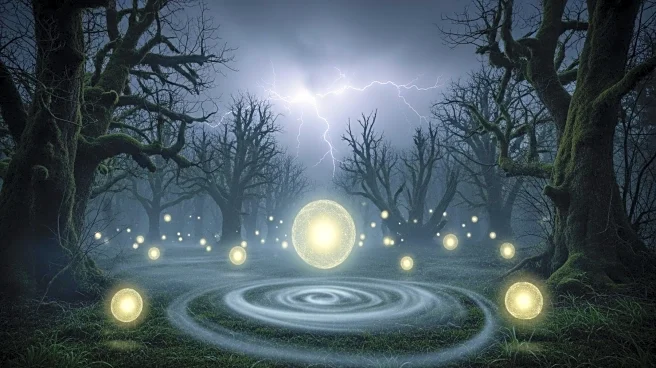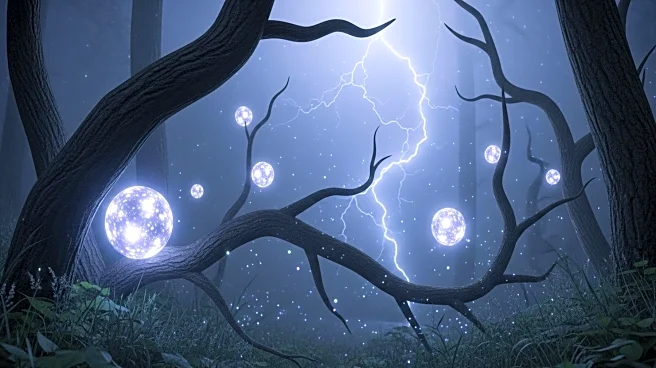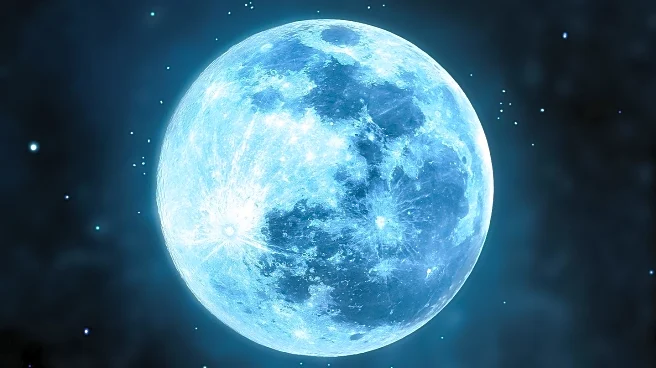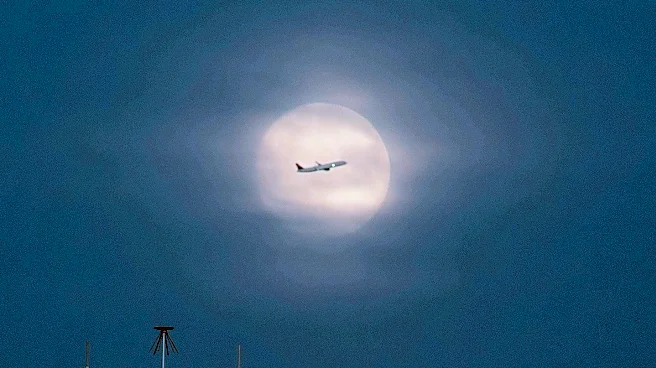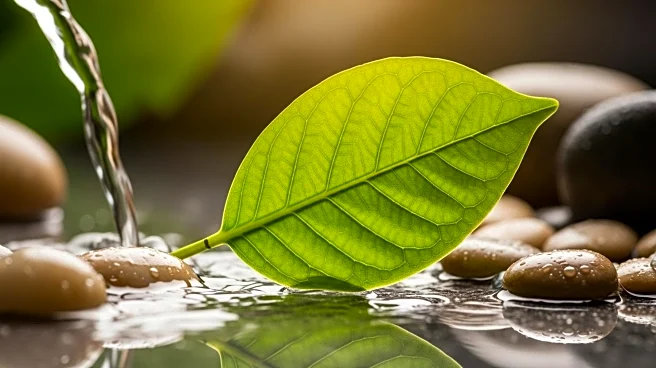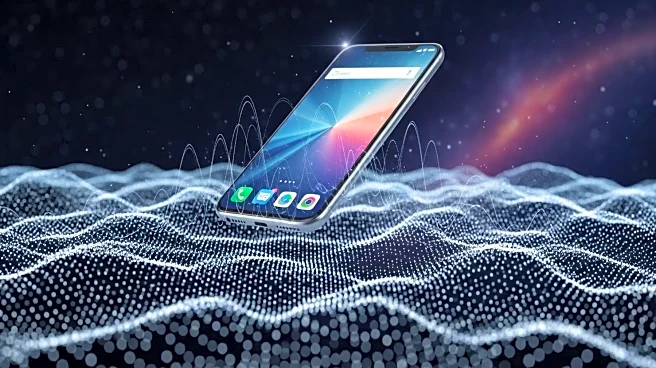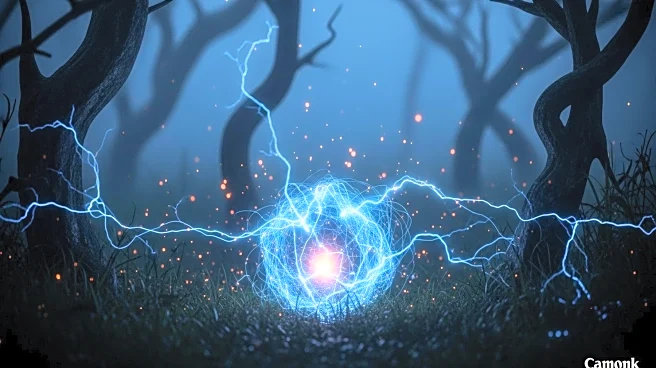What's Happening?
A new study proposes that the mysterious will-o'-the-wisp phenomenon, characterized by ghostly blue flames over marshes, may be caused by microlightning. Researchers found that tiny flashes of lightning can ignite methane bubbles in water, producing the eerie glow associated with will-o'-the-wisps. The study, published in PNAS, used high-speed cameras to capture microlightning between charged methane bubbles. This discovery offers a scientific explanation for the phenomenon, which has been the subject of folklore for centuries.
Why It's Important?
Understanding the will-o'-the-wisp phenomenon has implications for both scientific research and cultural history. The study provides insight into natural processes that could have contributed to the formation of organic molecules on early Earth. Additionally, the findings could lead to new methods for reducing atmospheric methane, a potent greenhouse gas, by harnessing microlightning for chemical reactions.
Beyond the Headlines
The research highlights the potential for microlightning to be used in sustainable chemistry, offering a novel approach to chemical processes without the need for external energy sources. This could have significant environmental benefits, particularly in reducing greenhouse gas emissions. The study also underscores the importance of scientific inquiry in demystifying natural phenomena that have long been shrouded in myth.

